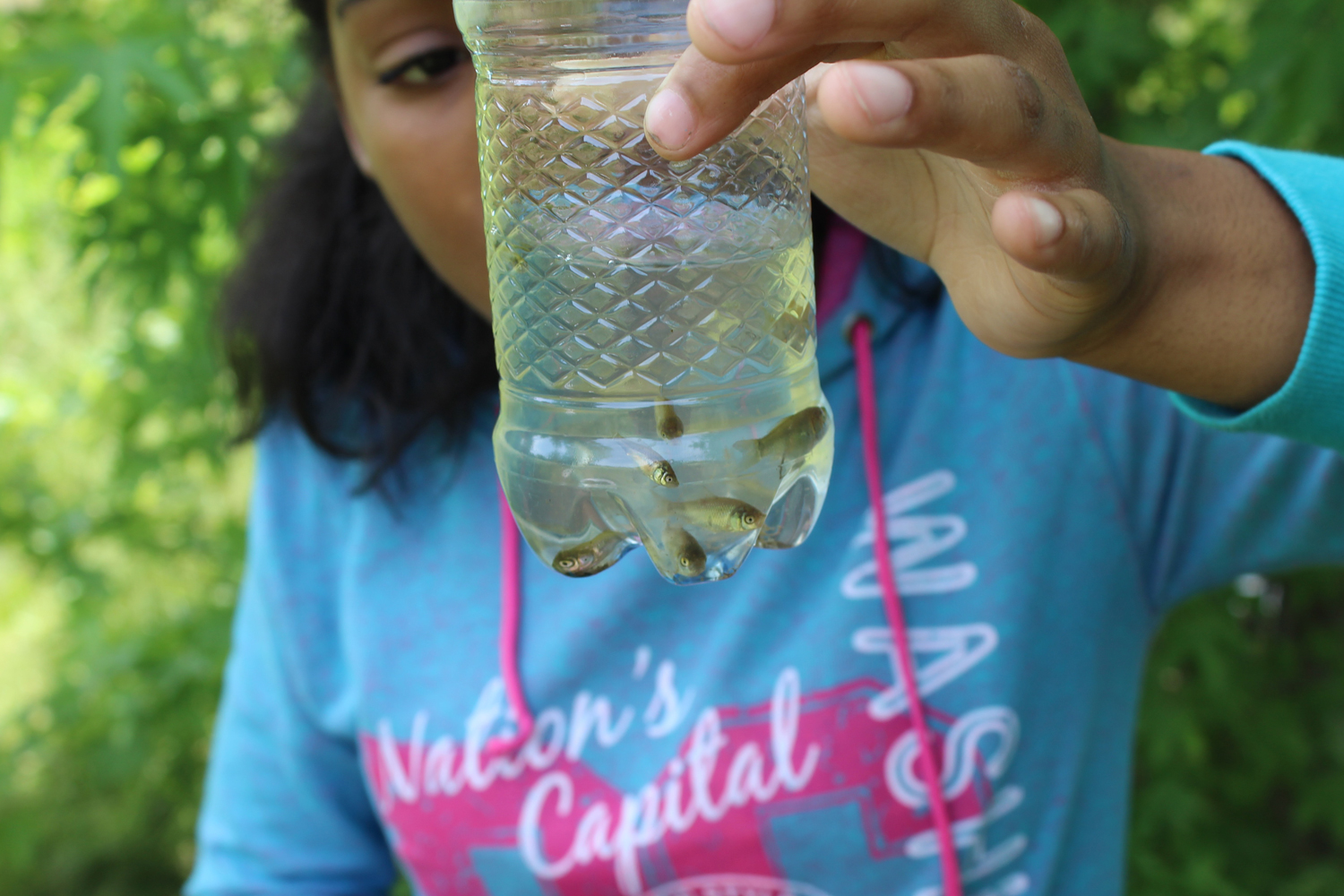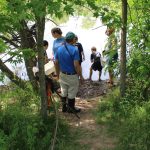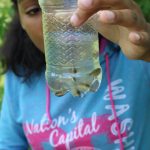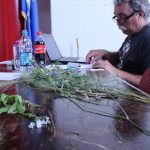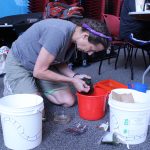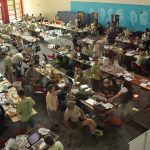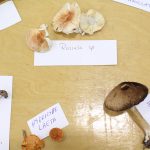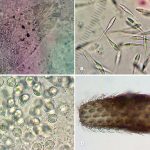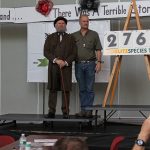A BioBlitz led by UConn biologists this past weekend produced the highest one-day total species count on record in the United States, and set a new benchmark for BioBlitz events worldwide.
Starting on Friday, June 3, scientists and community participants collected and identified specimens within a five-mile radius of Two Rivers Magnet Middle School in East Hartford, Conn. By the following afternoon, scientists tallied a total of 2,765 species – breaking the previous BioBlitz record set in 2001 – and documented more than a dozen species in the state for the first time.
“The purpose of BioBlitz is to discover as many species as possible in a 24-hour period,” says professor of ecology and evolutionary biology David Wagner, who organized the event. “It’s a way to get people interested in discovery, and to appreciate the incredible plant and animal wildlife that exists outside their own back door.”
The 2016 Connecticut BioBlitz was one of more than 250 BioBlitzes held this year nationwide in honor of the 100th anniversary of the National Park Service, an initiative sponsored by the Service and the National Geographic Society.
But while a majority of events took place at national parks and wild lands, the Connecticut BioBlitz brought together scientists, students, and community members at an urban educational facility.
“By having it in East Hartford, Wagner says, “we could make the educational components of the event available to more people, some of whom rely on public transportation.”
Identifying species
Wagner recruited more than 170 scientists from across the United States and Canada for the event, thanks to funding provided by the Richard P. Garmany Fund at the Hartford Foundation for Public Giving.
“These resources made it possible for us to bring in scientists from farther away who could identify more species, and to gather an incredible amount of expertise in a single room,” he says.
One of the experts was parasitologist and Board of Trustees Distinguished Professor of Ecology and Evolutionary Biology Janine Caira, who was also one of 35 professors, graduate students, and undergraduate students from UConn at the event.
“Normally there are fewer scientists at a BioBlitz, and they don’t usually include parasitologists,” says Caira. “It was super fun. It’s one of the only times when we can sit at our microscopes for 24 hours in a row – the more time we spend at our microscopes, the more species we find. And people don’t disturb you for anything except to show you additional species!”
Biodiversity education
Wagner says the event location and grant support also enabled organizers to develop a rich educational component of the BioBlitz.
“Setting this BioBlitz within the city limits of East Hartford, rather than Connecticut’s most pristine wild lands, allowed us to pursue a completely different paradigm that put primacy on education and outreach,” he says. “That’s what makes our record-setting number so impressive.”
A BioBlitz camp hosted 21 middle and high school students, who helped gather specimens and assisted scientists with the species count. The event included educational presentations and exhibits, such as a raptor show, live insect zoo, caterpillar lab, and other hands-on activities for kids.
For Veronica Bueno, a Ph.D. student in Caira’s parasitology lab and a first-time BioBlitz participant, the high point was engaging with some of these young scientists-in-training.
“What’s nice about working with the kids is that, whatever you ask them to do, even just to hold something for you, it makes them feel like scientists and that they’re part of something,” says Bueno. “We see a lot of ourselves in these kids.”
The 2016 Connecticut BioBlitz was sponsored by the Center for Conservation and Biodiversity and Department of Ecology and Evolutionary Biology in the UConn College of Liberal Arts and Sciences; the Connecticut State Museum of Natural History; Connecticut Science Center; Connecticut Department of Energy and Environmental Protection; and CREC Two Rivers Magnet Middle School. The event was made possible by a grant from the Richard P. Garmany Fund at the Hartford Foundation for Public Giving.
